|
The Tison Tool Barn houses several two-foot long (and one three-foot long) folding rulers. All of those rulers are four-fold. Unlike the one-foot folding rulers described in the previous post, none of the two-foot folding rulers have calipers. Some of the rulers described in this post do have other tools combined with them. Six of the two-foot folding rulers in the Tison Tool Barn were made by the Stanley Rule and Level Company. The collection includes two examples of the Stanley Model No. 62 folding ruler. This model is distinguished by brass banding that covers the narrow sides of the legs of the ruler, and the large brass caps flanking the center hinge. The Tison Tool Barn holds three examples of the Stanley Model No. 68 folding ruler. This model has brass hinges and end caps, but does not have brass edging or any brass flanking the central hinge. The Tison Tool Barn also holds a Stanley Model No. 84 folding ruler. The Model No. 84 has brass banding flanking the center hinge, similar to the Model No. 62 shown above, but does not have brass edging on the narrow sides of the legs. The Tison Tool Barn has a few folding rulers made by the Lufkin Rule Co. Two of them are combination tools, and include a spirit-bubble level and a bevel, or angle-gauge (a protractor). The latter allows a worker to measure and transfer angles. First is this Model No. 863 L. Next is the Model No. 873 L. The spirit-bubble on the Model No. 873 L is slightly shorter, and positioned a little closer to the central hinge, than that on the Model No. 863 L. There is also a difference in the profile of the brass banding next to the center hinge. Another Lufkin folding ruler in the Tison Tool Barn is the Model No. 3851. Unlike the other rulers covered in this post, the Model No. 3851 is three feet long when fully opened. It is a four-fold ruler, so each segment is nine inches long, The last item in this post, from the first half of the 19th century, is older than the others covered here. The ruler is marked "J. WATTS BOSTON." Joseph Watts is known to have produced tools in Charleston, Mass. from 1834 until 1849. This ruler is two feet long, and four-fold. One end segment has an extension bar, which may be slid out almost six inches. This feature makes it easy to measure inside an opening of up to almost 2-1/2 feet across, using only one hand to hold the ruler. (Various foldings of the ruler give a base measurement of 6, 12, 18 or 24 inches.) One of the uses for this tool in the 19th century would have been finding the inside diameter of a cask, needed to calculate the capacity of the cask. In my next post I will look at a few zig-zag rulers, and one interlocking or slide ruler, that are in the Tison Tool Barn.
0 Comments
A folding ruler, also known as a carpenter's ruler or mason's ruler, folds or otherwise collapses, so that it is generally between six and eight inches long when folded, and can be kept in a pocket. Carpenter's overalls typically have a special pocket on the side of a leg to hold one of these rulers. (Carpenter's overalls sold today may advertise this pocket as also suitable for holding a cell phone.) Folding rulers have been largely replaced by tape measures, but 'zig-zag' rulers are still being manufactured. Folding rulers have a long history. A (Roman) foot-long folding ruler made of brass was found in the ruins of Pompeii. Folding rulers are known from Italy by the end of the 16th century. Most folding rulers were made from wood, particularly boxwood. Some were made of ivory or bone, while many are now made of metal or man-made materials. Hinges, swivel joints, and bandings were usually made of brass or 'German silver' (a copper and nickle alloy). The Tison Tool Tool barn collection includes about 20 folding rulers. The five rulers covered in this post are all made of boxwood and brass, and all include a caliper for measuring the outside diameter or width on an object. The first three are two-fold, and are one foot long when opened. The caliper on these three rulers each have a bar just over five inches long, which would allow measurement of objects up to about four inches in diameter. First is this folding ruler, a model No. 36-1/2 made by the Stanley Tool and Level Company. This next folding ruler doe not have a manufacturer's mark on it, but it is labeled as a model No. 36-1/2, and was probably made by Stanley. This next folding ruler is also a one-foot two-fold ruler, a Stanley model 36-1/2 R. (Stanley also made a model 36-1/2 L folding ruler, but the Tison Tool Barn does not have an example of that model.) I am not aware of how this ruler (model 36-1/2 R) differs from the plain model 36-1/2. The next folding ruler in the Tison Tool Barn is a Lufkin model No. 386, made of boxwood and brass. It is also one foot long when opened, but is four-fold, meaning that is is only about 3-1/4 inches long when folded. This ruler also has a caliper, but the bar is only three inches long. The last item in this post is not a folding ruler, but at just four inches long, does count as a pocket ruler. It is a Stanley model No. 136 R, and includes a caliper. In my next post I will look at some two-foot long folding rulers from the Tison Tool Barn collection. Sources:
In this post I will describe more marking gauges and related tools from the Tison Tool Barn collection. First is this combination marking gauge. One side of the bar has a single scratch pin for use as a standard marking gauge.. The opposite side of the bar has two scratch pins for use as a mortice marking gauge. The movable scratch pin is adjusted by turning the thumb screw on the end of the bar. One side of the bar of the this gauge has what I thought was a name stamped into it. After applying chalk and carefully examining the mark, I realized that it was a series of depressions in the wood formed by the thumb screw used to hold the fence in place. It therefore appears that at some point the fence was removed from the bar and reinstalled "upside down." The Tison Tool Barn collection includes a couple of slitting cutters. These tools allowed a woodworker to cut strips of thin wood of uniform width. They look like marking gauges, but have a knife blade instead of a scratch pin. The worker would butt the fence up to the edge of the board and draw the cutter along the board. This action could be repeated as necessary until the board was cut through. First is this slitting cutter which is 15-1/4 inches long and can cut a strip up to 10-1/2 inches wide. The wide handle on end with the knife blade helped the woodworker to apply pressure to the knife tip as it passed along the wood. The second slitting cutter in the Tison Tool Barn looks like a simple marking gauge, but it has a knife blade instead of a scratch pin. It is 10 inches long, and can cut a strip up to 9 inches wide. The last tool from the Tison Tool Barn covered in this post is a clapboard siding marker. This tool is used to scribe a line across a clapboard to mark where the board is to be cut. The toothed blade seen in the photo below is adjustable and can be set to the depth desired for the scratch mark. The clapboard is butted up against the end of another board already mounted to the structure, and laid flat on the the vertical edge board at the corner of the structure. The gauge is held over the board so that the projections at the end are against the edge board, and is then moved up and down to scratch a line on the board. Cutting the board on the the scratch line creates a tight fit for the clapboard. This is a Stanley Model 88 clapboard marking gauge. It was patented in 1886, and manufactured by Stanley for more than 75 years. Shown below is the manufacturer's mark on this tool. As often happens, the stamp on the tool is imperfect. In particular, the 'P' in 'PAT.' is missing, and the year looks like '83'. Careful inspection at high magnification shows no sign that the 'P' was ever present, while the last number of the year can be seen to be a '6' with the left half of the number missing. I have used up my buffer of posts for this blog, so I am not sure now what the next post will be about. I am heading back to the Tison Tool Barn to take more photos, and then search the web so I can find something to say about the tools. Sources:
A further note about monkey wrenches: Last week I was made aware of a blog entry on the etymology of "monkey wrench" which appeared after I started my series of blog entries on monkey wrenches in the Tison Tool Barn on September 2, 2015. "Charles Monk, Monkey Wrenches and a 'Monkey on a Stick' - a Gripping History and Etymology of 'Monkey Wrench'". And now a look at marking gauges in the Tison Tool Barn. A marking gauge is a device for marking a cutting line on wood or other materials. The gauge consists of a beam and a fence, through which the beam passes. The fence may be fixed to the beam by a set screw or a wedge. The beam has a scratch pin or other marker set near one end of the beam. The fence is set so that the distance from the inner surface of the fence to the scratch pin equals the desired width of the board or panel. The fence is held against the edge of the wood, and the marking gauge is pushed along the wood, leaving a scratch mark to guide the cut. The Tison Tool Barn has two standard or single-pin marking gauges in its collection. Both are recent acquisitions. First is this marking gauge that was donated by Robert Sherman last February. It has an inch-scale printed on the beam. "FRED STROUT.", which is likely an owner's mark, is stamped on one side. Another single-pin marking gauge was in a tool box donated to the Matheson History Museum in October of this year. It is probably beech and has an inch-scale printed on the beam. It is marked "STANLEY NO. 61 MADE IN U.S.A." A mortise gauge is a marking gauge with a short beam and two scratch pins. One of the scratch pins on a mortise gauge can be moved, making the distance between the pins adjustable. A mortise gauge is used for marking mortises, rectangular holes in wood, into which matching tenons are inserted. Mortise and tenon joints are used in furniture and cabinets, and were formerly used in post and beam construction. The Tison Tool Barn collection includes several mortise gauges. This 6 inch long mortise gauge is made from rosewood and brass. It has a fixed scratch pin near the end of the beam, and a movable scratch pin between the fixed pin and the fence. The movable scratch pin is adjusted by turning the thumb screw at the far end of the beam. The fence is held in a desired position by the screw on top of the fence. The next mortise gauge has a brass bar, and a fence composed of a dense black material with a brass plate on one face. The gauge is labeled in the museum display as being walnut and brass, but I cannot see any grain in the black material, and I believe it is some man-made material. The movable pin is held in place by a set screw. The name "G. F. OWEN" is stamped on several places on the fence. The mortise gauge below is made from boxwood and brass. The bar is 7 inches long, not including the thumb screw. There is an inch-scale marked on the bar. The movable scratch pi is adjusted by turning the thumb screw on the end of the bar. The bar is marked "* H. CHAPIN * * UNION-FACTORY. * * WARRENTED BOX WOOD. *" H. Chapin manufactured tools in Connecticut from 1828 until 1860, when the firm became H. Chapin & Sons. Another marking gauge in the Tison Tool Barn collection is this Stanley #74 double bar marking gauge. It has two bars, 8-1/4 inches long, that can be adjusted individually. Each bar is held in position in the fence by its own thumb screw. This tool can be used as a standard marking gauge by using one of the bars. A mortise can be marked by setting one bar to the distance for one edge of the mortise, and the other bar to the other edge. This requires two passes with the marking gauge, flipping it over between passes. I'll finish describing the marking gauges from the Tison Tool Barn in my next post.
Earlier this year Robert Sherman donated almost 200 items from his collection of antique or vintage items to the Matheson History Museum. The tools from his donation have been added to the Tison Tool Barn collaction. Three of the wrenches that I have highlighted in the previous series of posts were part of that donation. In this post I will feature several items from that donation that were used on farms. YokesThe first item from Mr. Sherman is this shoulder yoke or milkmaid's yoke. It was worn over the shoulders, with buckets of milk or water hung on either side. This yoke appears to have been factory made. 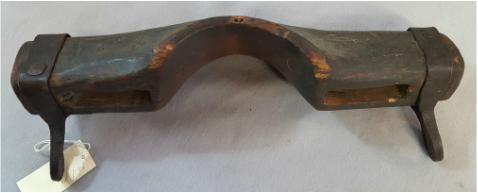 Shoulder yoke from above. Photo by Donald Albury. Shoulder yoke from above. Photo by Donald Albury. Next is another shoulder yoke. This item appears to be home-made. I suspect that the hooks, which are formed from crotches in tree branches, may have been added later to make the yoke appear more rustic. The remaining items in this post were used on animals. There are two yokes for draft animals, almost certainly for oxen. (Horses and mules cannot exert much power on a yoke, and need horse collars for any heavy pulling.) First is a two-ox yoke. The crosspiece of this yoke is smoothly shaped, and probably was produced in a factory or by a craftsman. The oxbows (which curve around the necks of the oxen), however, are branches bent into shape. One oxbow still has its bark, while the bark has been pealed from the other. They are held on the crosspiece by pegs. Next is a one-ox yoke. Oxen were normally used in pairs, but a single ox might be used in specialized tasks, such as turning a cane or sorghum mill. Poor farmers might own only one ox. The crosspiece of this yoke is very rough looking, with minimal shaping of the wood. The oxbow for this yoke is also a branch, but with the bark pealed off. Fence Jumping InhibitorsThe Tison Tool Barn has several items which do not seem to have a common name. These devices, which all appear to be home-made, were reportedly hung around the necks of farm animals to keep them from jumping over fences. I have seen such a device called a "fence jumping inhibitor" in a publication identifying "mystery" farm tools. That name is descriptive, but Google does not return any hits on it. I do not know what farmers may have called them, or even if any two farmers called them the same thing. All photos by Donald Albury. In my next post I will be reviewing some marking gauges from the Tison Tool Barn collection.
|
AuthorI have been a volunteer at the Matheson History Museum. Feeling an affinity with old hand tools (some of which I remember from my youth), I have tried to learn more about the history of the tools in the Tison Tool Barn, and how they were used. All text and photographs by Donald Albury in this blog are licensed under a Creative Commons Attribution-ShareAlike 4.0 International License. All illustrations taken from Wikimedia Commons are either in the public domain, or have been released under a Creative Commons license.
Archives
December 2015
Categories
All
Interesting Sites about Old Tools |











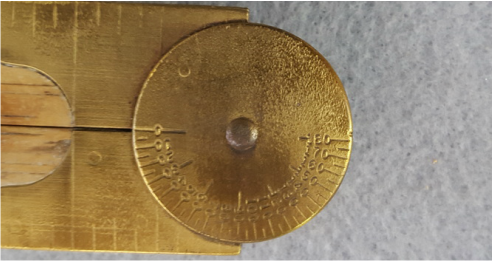








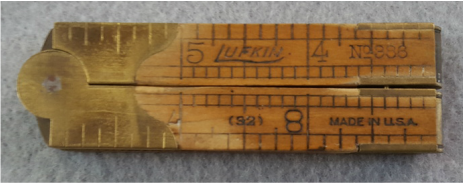
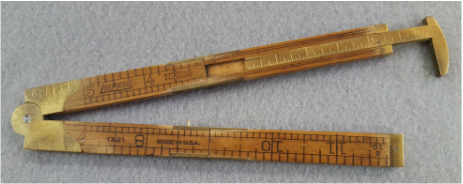
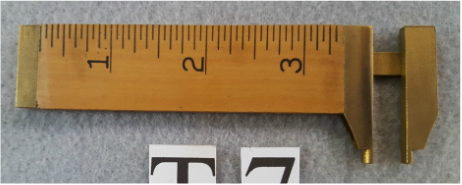
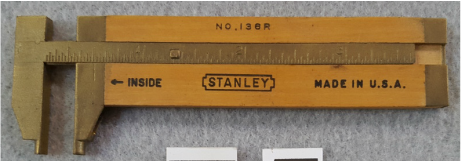
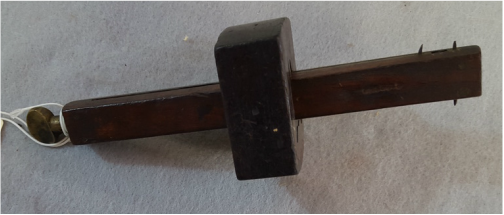

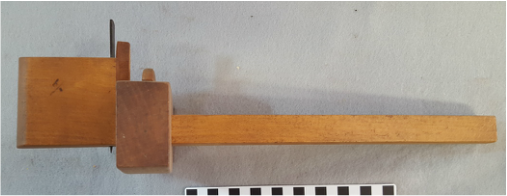
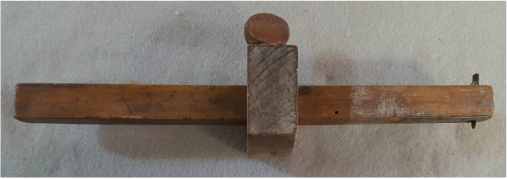
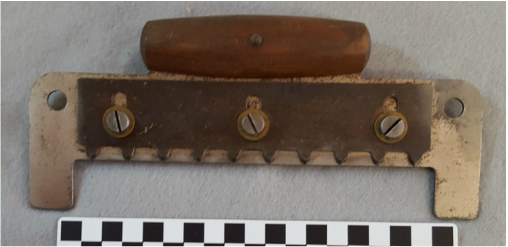
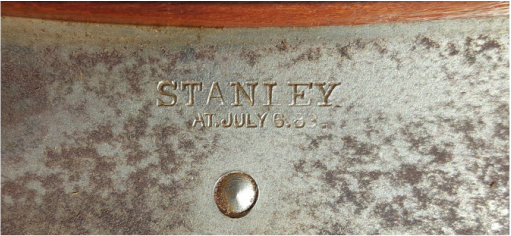
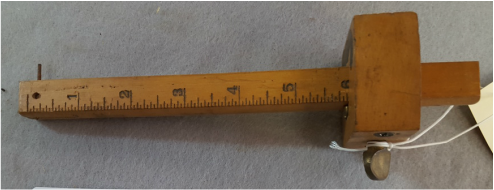
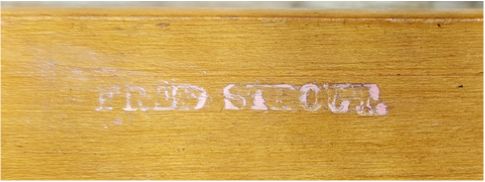
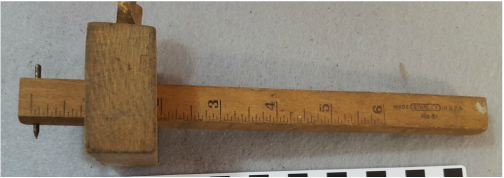
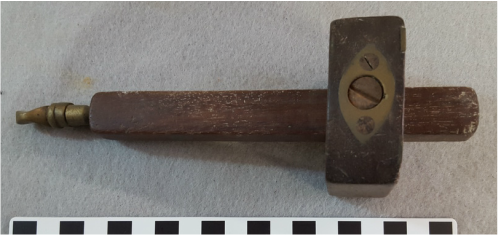
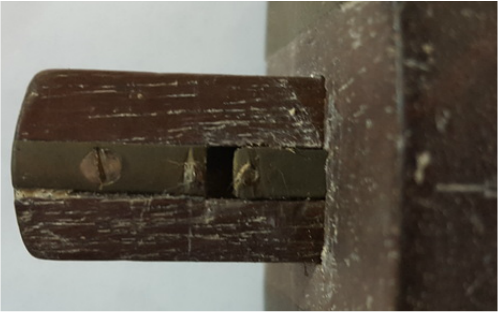
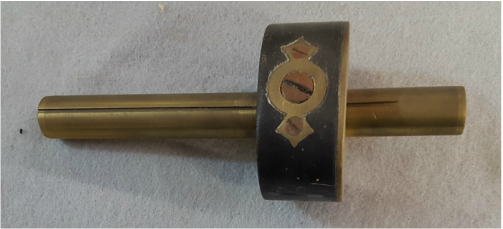
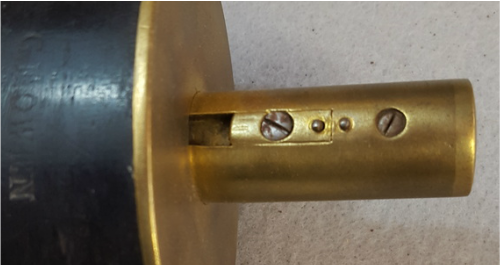
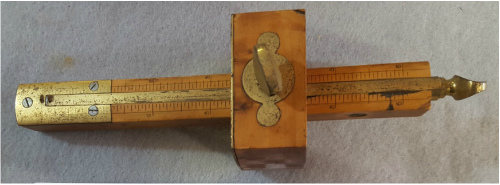
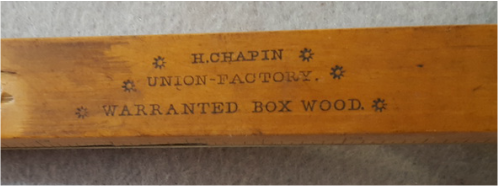
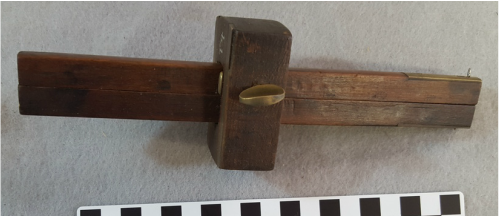
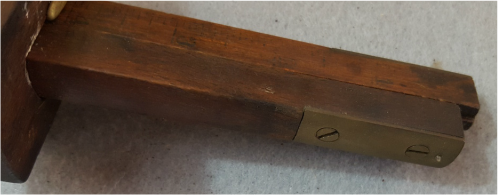
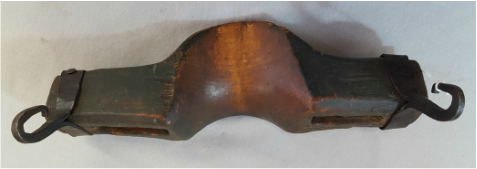

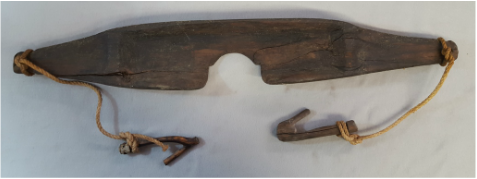
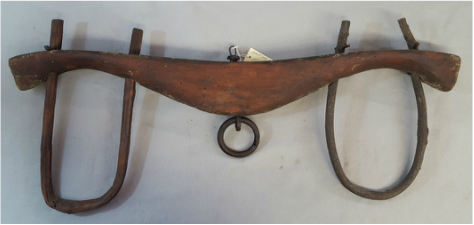
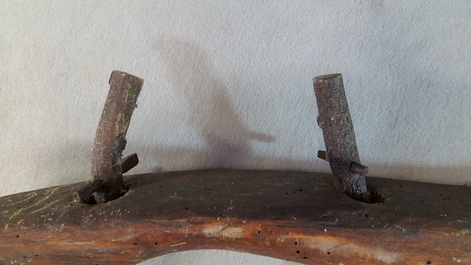
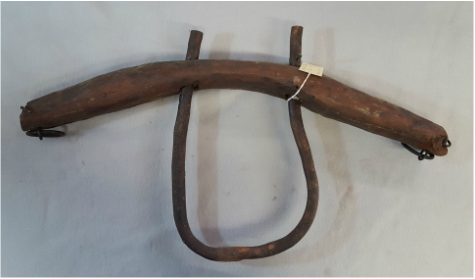
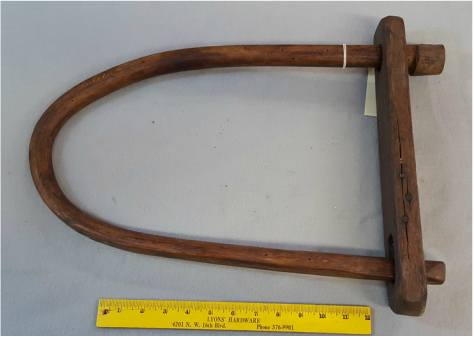
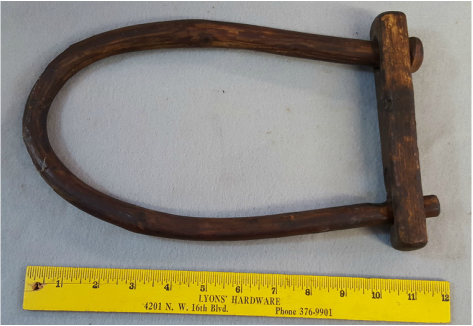
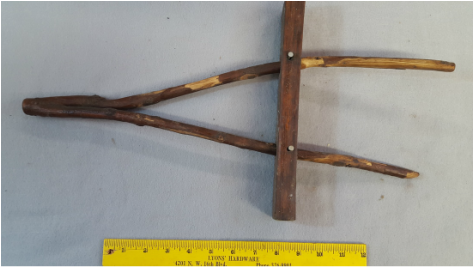
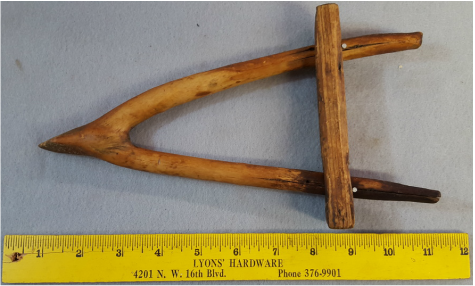
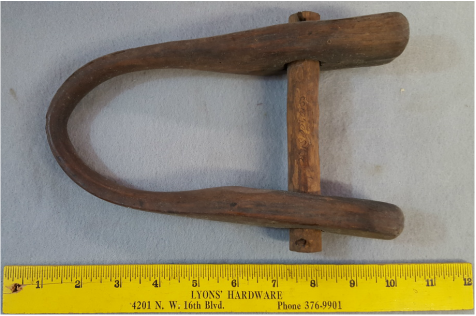
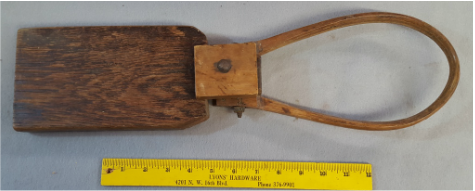
 RSS Feed
RSS Feed
